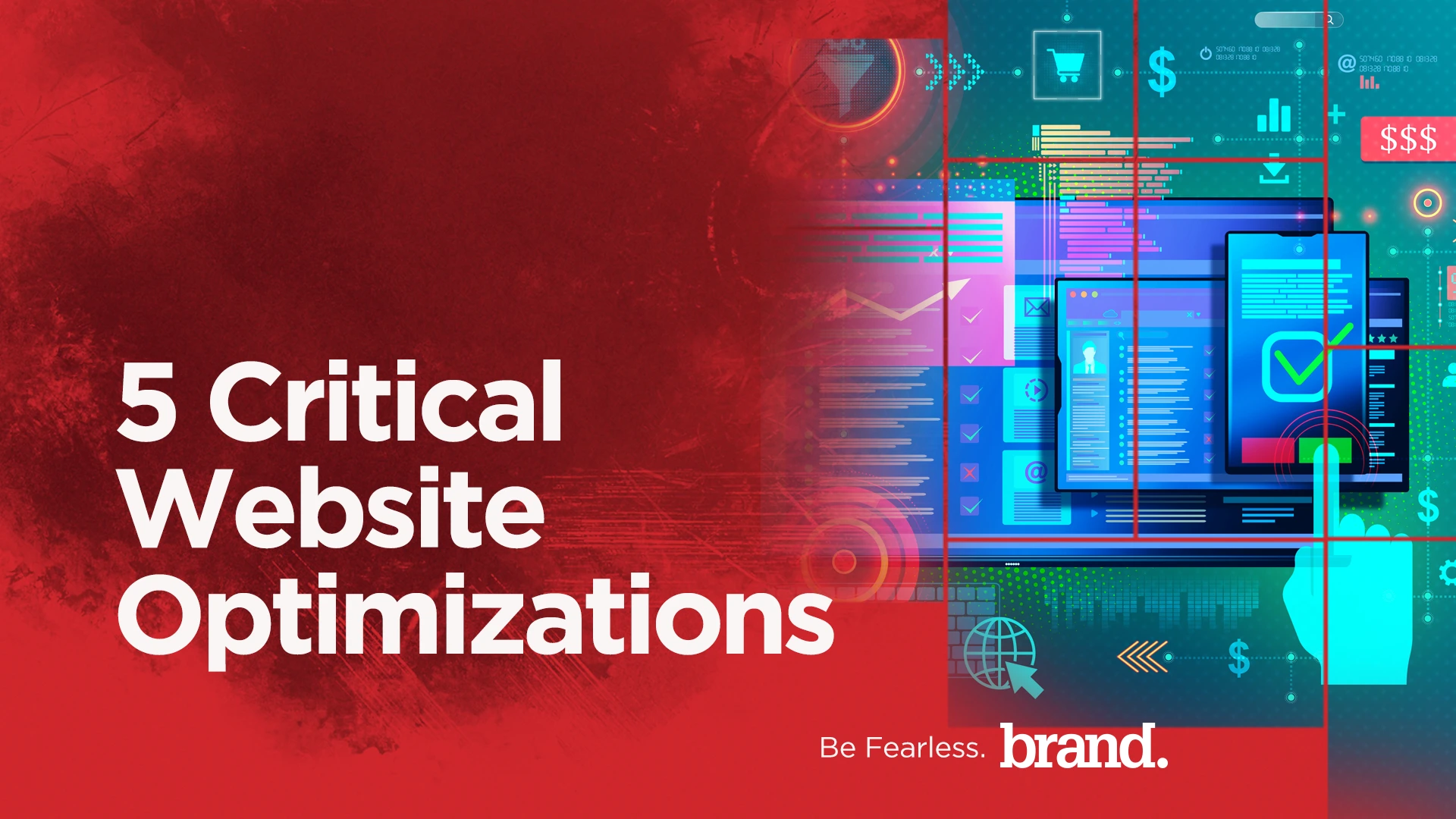Enhancing Site Speed for Improved User Experience
The speed of your website is a pivotal factor in user engagement and retention. Many users will navigate off your website solely because of slow load speeds. Because of this, we label this as website optimization number one. In an age where attention spans are short, a slow-loading site can lead to increased bounce rates and lost opportunities. By optimizing images, leveraging browser caching, and minimizing HTTP requests, you can significantly boost site speed. Additionally, using Content Delivery Networks (CDNs) and ensuring your hosting solution is adequate are critical steps in delivering content swiftly to your users. This, and many other website optimization services we offer will enhance overall ux and site performance.
Further enhancing site speed involves streamlining code by removing unnecessary characters without changing its functionality. Tools such as GZIP compression can also reduce the size of your CSS, HTML, and JavaScript files. It’s essential to regularly audit your site’s speed using tools like Google PageSpeed Insights to identify areas for improvement and keep your website running smoothly.
Optimizing Mobile Responsiveness for Greater Accessibility
With over half of global web traffic coming from mobile devices, having a mobile-responsive website is no longer optional. Responsive design ensures your site looks and functions well on devices of all sizes, from desktop monitors to smartphones. This involves using fluid grids, flexible images, and media queries to adapt your layout to different screen resolutions. A mobile-responsive site not only provides a better user experience but also contributes to higher search engine rankings. This is why we label this as website optimization number two.
Moreover, website optimization goes beyond just responsive design. It includes optimizing touch-screen navigation, making sure button sizes are adequate for fingers, and reducing the need for typing. Ensuring your website has a fast mobile loading speed is also vital, as mobile users often rely on mobile data with varying connection speeds.
Leveraging SEO Best Practices to Increase Visibility
Search Engine Optimization (SEO) is the practice of increasing the quantity and quality of traffic to your website through organic search engine results. Utilizing SEO best practices involves conducting keyword research to understand how your audience searches for your products or services. Creating high-quality, relevant content that incorporates these keywords helps improve your visibility on search engine results pages (SERPs).
In addition to content, SEO involves optimizing on-page elements like meta tags, headings, and internal links. Technical SEO is also crucial, addressing aspects like site structure, mobile-friendliness, and page load times. Building a robust backlink profile and ensuring your website is indexed correctly by search engines are other important factors in a comprehensive SEO strategy. The massive level of importance associated with SEO and your business’ website success, is why we label this website optimization number three.
Utilizing Analytics and User Feedback for Continuous Improvement
Data analytics and user feedback are invaluable resources for understanding how visitors interact with your site and where there’s room for improvement. Using tools like Google Analytics can provide insights into user behavior, traffic sources, and conversion rates. This data helps in making informed decisions to enhance user experience and achieve your business objectives. Website optimization services span many different elements of a website, but they all impact the users of your site. This is why we label leveraging actionable data and implementing it as website optimization number four.
User feedback, obtained through surveys, feedback buttons, or direct customer interactions, offers a qualitative measure of user satisfaction. It highlights what users like and dislike about your site and what features they wish to see. Regularly reviewing and acting on this feedback is essential for continuous improvement and staying aligned with user needs.
Implementing Security Measures to Protect Your Site and Users
Website security is paramount in protecting sensitive data and maintaining user trust. Implementing an SSL certificate to enable HTTPS is a fundamental step in securing data transmission between your server and your users. Regularly updating software and plugins, using strong passwords, and employing security plugins or services can also help safeguard your site from vulnerabilities and attacks.
Moreover, it’s important to have a robust response plan in case of a security breach. Regular backups, monitoring for unusual activity, and educating your team on security best practices are all parts of a comprehensive security strategy. This is why we label security associated with your website as website optimization number five. Protecting your site not only prevents data breaches but also preserves your reputation and the confidence of your users.
Website optimization is for two audiences, search engine crawlers that allow your pages and content to rank and be shown to consumers, and the human side, the user. The elements are always changing and always updating which is why it is paramount to know where your website sits from an overall performance lens.
If you’re looking for a new website build, or just in need of a few different website optimization services that will rejump and reskin your site, contact us today.






